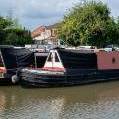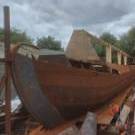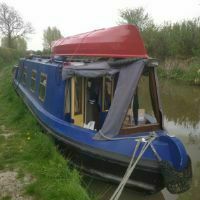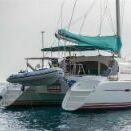-
Posts
23,755 -
Joined
-
Last visited
-
Days Won
39
magnetman's Achievements
Veteran II (12/12)
4.5k
Reputation
-
This post cannot be displayed because it is in a forum which requires at least 10 posts to view.
-
This post cannot be displayed because it is in a forum which requires at least 10 posts to view.
-
This post cannot be displayed because it is in a forum which requires at least 10 posts to view.










